
Click through rates is one of the simplest and easily identifiable metrics that most Pay Per Click platforms have. CTR is the ratio of clicks to impressions multiplied by a hundred. For example, if your ad has 14 clicks and has 100 impressions then the CTR would be 14/100 *100 = 14%
The ratio is used to determine how well your ads have been designed or written. It proves to Google and the user that the ads are relevant and helpful. A high CTR is rewarded by Google by making the advertiser to pay less in the ad auction.
CTR is measured differently for ads and Keywords. The CTR of Ad groups and campaigns is measured as an average of the various CTR of the keywords. For example, if you have 4 keywords with the following CTRs, 4% 6% 8%, and 10% then the average CTR for the ad group will be 7%.
The campaigns CTR will be the average of different Ad Groups CTR.
Average Click Through Rate
The click-through rate is not the same across the board. It depends on the industry, keywords, location, and other factors. There have been studies that have been done to say that the average CTR on the search network to be 2% and 0.35% for the display network.
Search Network and Display Network CTR
The Search Network

The search network’s CTR will always be higher than the display network’s CTR because of intent. When someone uses the search network, they are looking for something then the ads that are served are in line with what the searcher is looking for.
For example, search for “red shoes” the searcher is presented with several google ads, shopping, and search ads, to help them find what they are looking for.
With this it is possible to have a CTR of 1% if the item is extremely popular or 30% and above for niche items.
Click through rate is higher here because of the high level of control the digital marketer has.
Another reason why the CTR is higher here is because of placement. Depending on Google, the search ads are placed on top of the organic searches. Moreover, there are times when there 3 ads that are served on top of the organic search or just one. This encourages the users to click the ads
The Display Network

The display network includes websites, apps Gmail, and any other property that is part of Google’s search partners. Targeting users on the display networks varies differently than from the search network. In that, the display uses placements, keywords, topics, and remarketing while search ads rely on keywords only.
Display ads have the added advantage of being professionally designed and aligned with the company colors. The display ads are mostly made by designers and can capture everything the website is selling.
Even though they are professionally designed, the CTR is exceptionally low and averages 0.3%. This is because many users who are exposed to the ads are not necessarily looking for the products or services being featured.
They see the ads based on parameters you have set and not that they are looking for your business. The parameters set are – placements, keywords, topics, and remarketing.
Click Through Rate Is Affected Through:
Ad Position
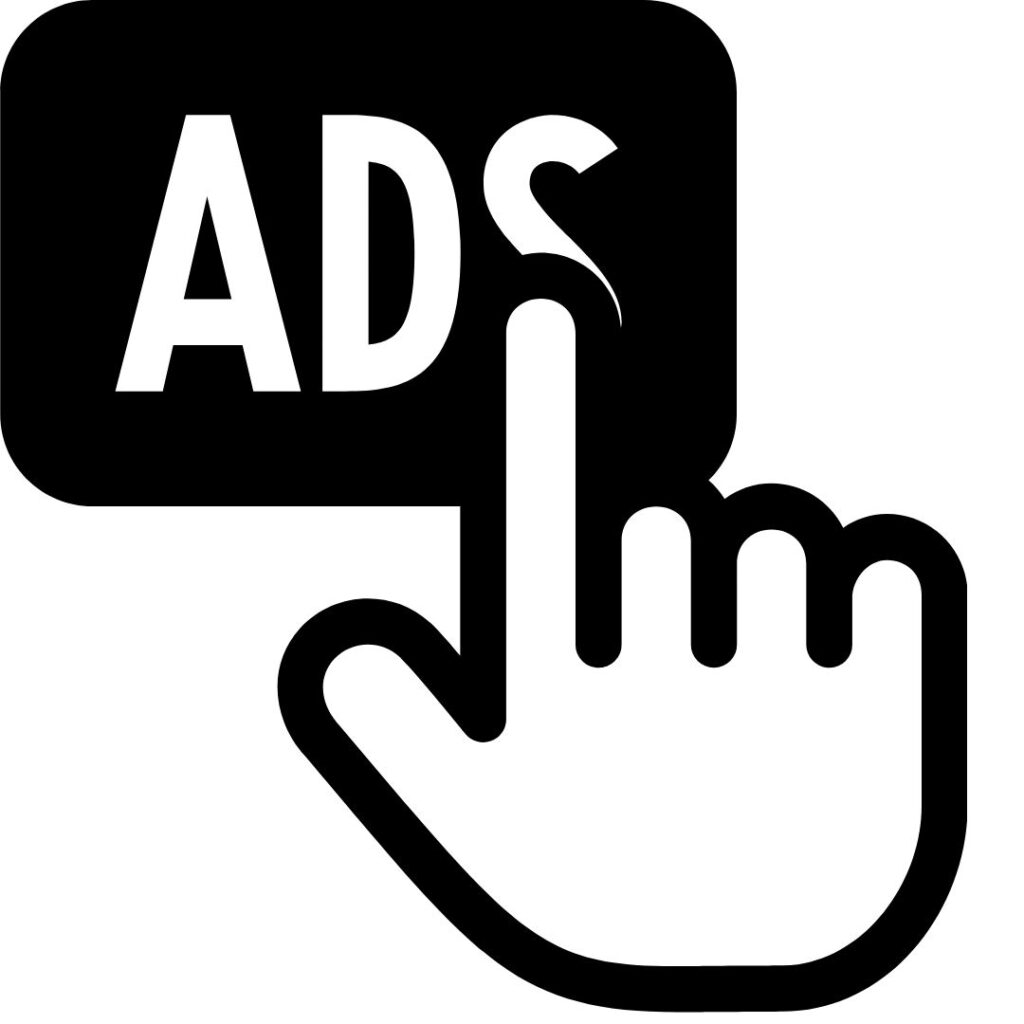
In the search network, there are normally different ad positions. Google will sometimes put 3 ads at the top, other times there will be one ad at the top, and lastly a few ads at the bottom. As you can assume the ad that is in position 1 is the one that will get the most clicks.
This is even though the ad copy could be perfect, the keywords could be targeted, and all the other bells and whistles added. The number 1 ad gets most of the clicks. This in turn will raise the CTR of the ad as opposed to the ones that are below it.
Many internet users do not scroll to the bottom of the pages to look for information. This is more emphasized by mobile users who have a smaller real estate to use. Hence it is advisable to be at the top.
It should be noted that in most cases, it costs more to appear on top. Other times it could cost less if the ad rank is much better than the competition. Ad rank is calculated by using your bid amount, your auction-time ad quality (including expected clickthrough rate, ad relevance, and landing page experience)
When it comes to the display network, ads that can be found above the fold also have a higher CTR than those at the bottom. A point of consideration should be made here in that there is a lot more competition to be at the top and hence the ads won’t be shown as frequently
Some ways to ensure that your ads appear at the top are by:
- Bidding higher for your keywords to rank higher
- Choosing the top of the first results page bid strategy to ensure you are always at the top
- Target outranking share bid strategy, this is used to beat your competition who is always seemed to be on top
The Headline and Copy

The headline in Google ads consists of 3 headlines and each comprise of 30 characters spaces included. The headline is important because 80% of people read it without going through the body.
Google knows the importance of the headline and are always coming up with new ways to make the headlines more prominent. Initially they used to have one headline – text ads; then 2 headlines – extended text ads; and now they have 5 headlines – responsive ads.
Your headlines should immediately grab the readers attention and encourage them to click through to see if you are providing the services that are being sought.
As you can imagine, if your headline does not stand out then you should expect a lower CTR.
The Copy
The copy is made up of 2 description lines each having a 90-character limit. This is where the meat of the ad is. When writing the copy, you should include features rather than benefits to connect emotionally with the users. This will help them click to your ads.
Ad Relevance
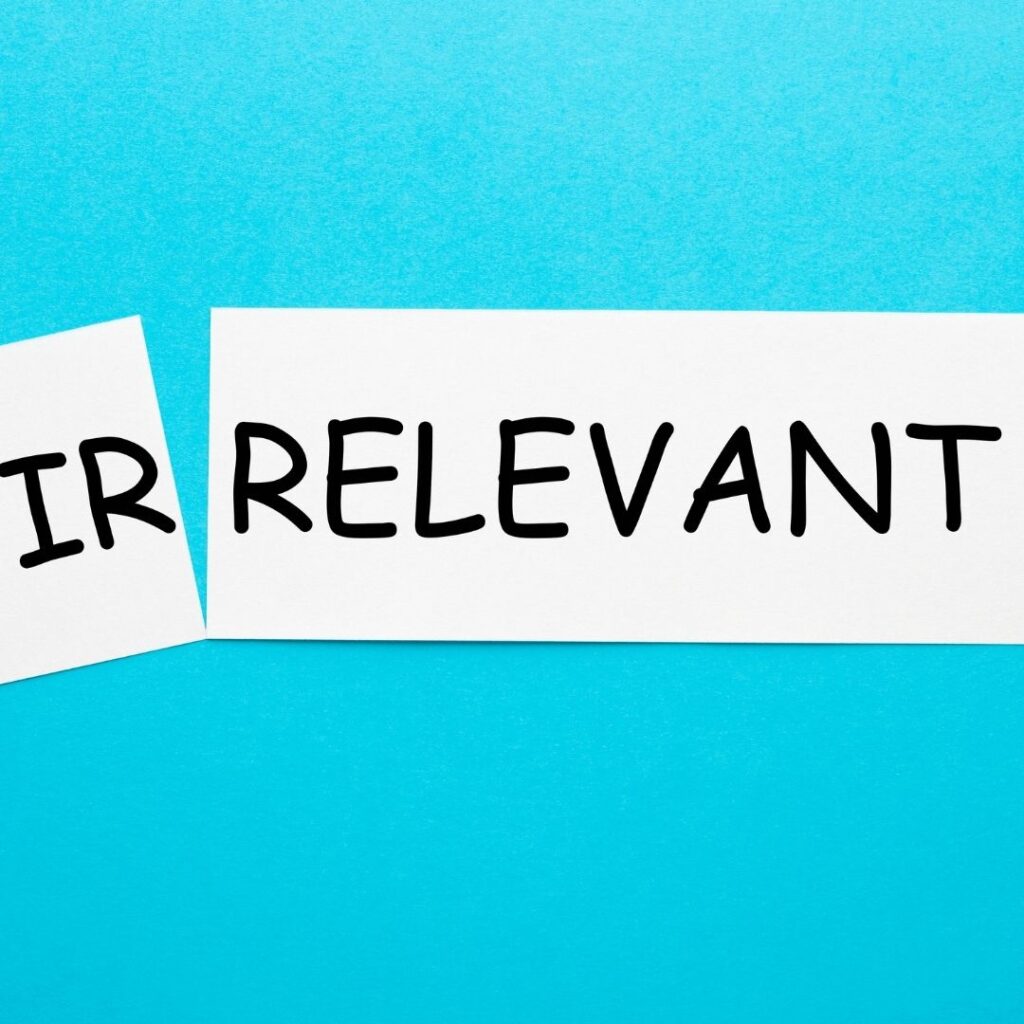
This follows the previous point in that the ads should be relevant to what the searcher is looking for. Ads that quickly answer the question posed are the ones that are clicked on often. Ads that are vague will get fewer clicks.
One way to improve ads is by adding the keywords to the headline and the ad copy.
The Ad Creative

This mostly applies to the display network, YouTube, and shopping campaigns. These are normally virtual billboards and Google gives a lot of leeway in what information can be presented.
With all the choices available to creatives, many times they are overwhelmed, and they end up doing a bad job ending up with a low CTR.
The display network lets ads appear in different sizes and formats. Moreover, since they appear in 3rd party sites meaning the designs will have to complement how the site look like. For example, Facebook is generally white and blue in colour and having ads with the same design will not make them stand out.
High quality images or renders and clear spacing does a lot visually and makes people to click on the ads. Not to mention how they will also appear on mobile.
How to Improve Clickthrough Rate for Google Ads
Keywords in Your Headline and Display URL
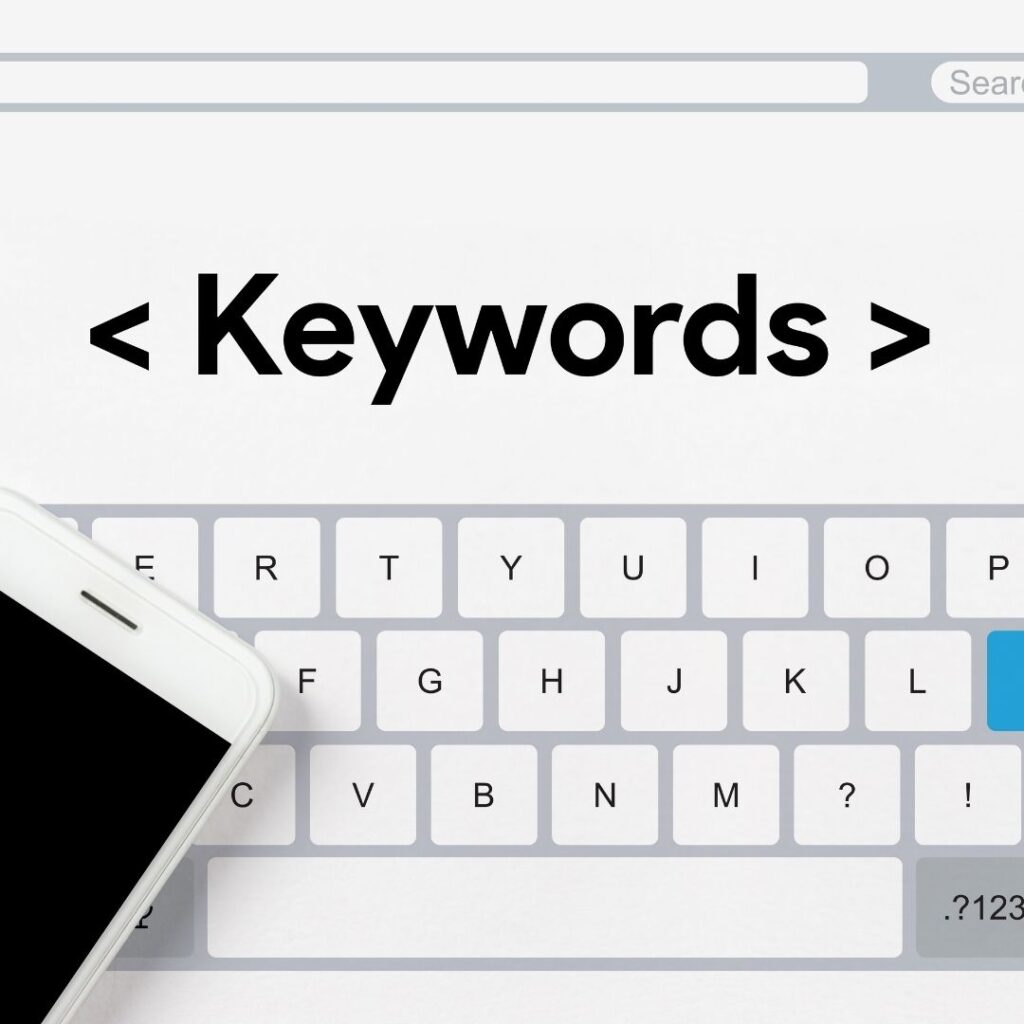
You should include your main keyword in your Google ads headlines. This is because Google will highlight and puts in bold any word that is being searched for. This will make your ads pop out to the users. As they are also looking for your website with this keyword, then your ads will be clicked on.
The number of characters in google ads limits what you can put as the text. Luckily, there is another opportunity to use your keywords without messing the ad copy. You can add the keywords on the display URL.
Caution should be taken when putting keywords in the headlines. As the keywords could conflict with the other headlines and make your ads to become grammatically incorrect. This would make you look unprofessional and people will avoid your ads.
This is often overlooked but it provides you another opportunity to subconsciously reinforce the message you are sending. As a result, you are expected to get a higher CTR.
Write Higher Converting Ad Copy
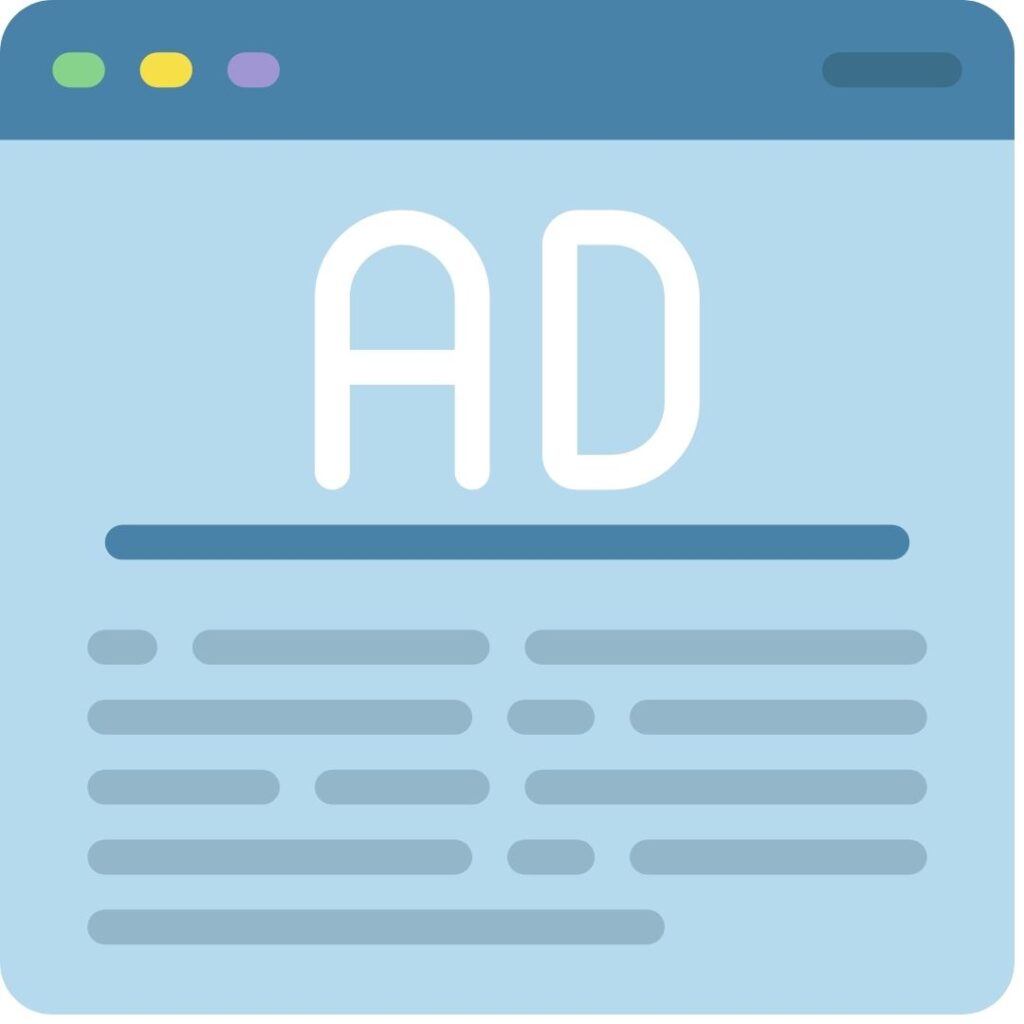
This is one of the important things that influence your CTR. Many digital marketers try and fail to write an ad copy that will encourage users to click on the ads. Although it is not rocket science there are simple things that can be done to ensure the ads are clicked.
Call to Action

The users need to know what they need to do to get the service they want. By telling them to “Buy Now,” “Learn More,” “Get Started,” etc tells them what to expect when the go from your ad to the landing page.
The small nudge will make them follow what you want them to do.
Emotional Triggers

Ads should be written with the end user in mind. Most marketers think they are writing for themselves and company completely forgetting who is most important – the client. When writing ads they should think of emotional trigger that would connect with the potential clients. For example, could the users be angry, sad or happy.
These feeling should be addressed, and this will increase the CTR. The copy should include phrases like “don’t let this frustrate you” “quick and easy”
Unique Selling Point (USP)

Unless you are in a very specialized niche then you would need to have a USP to stand out from the competition. Like we mentioned earlier that your ads will appear with your competitors, you should mention things that only you can provide.
For example, you can say you provide tailor made services, or you are luxury brand or go the opposite direction by being the cheapest.
With your USP you differentiate yourself from the crowd making you to stand out.
Pricing in Ad copy
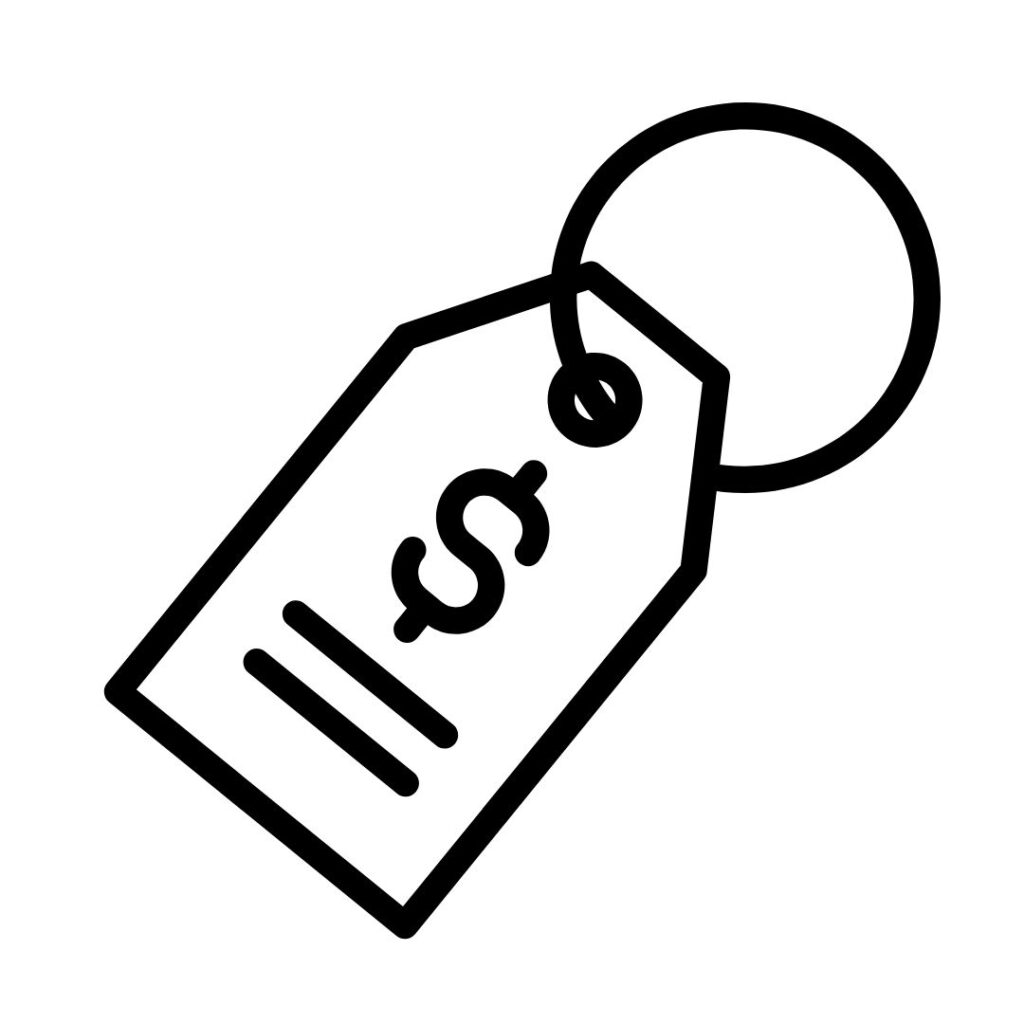
Many businesses are not too willing to put their prices out there because they are afraid of being undercut by the competition. Also, they have a problem justifying why they are asking for so much. On the flip side if the prices are too low, they might come of as cheap.
That said if you are to provide the price early in the conversation, the users will know what they are getting into and go on to engage with you. If you are too pricey, users will not bother to work with you. This is a good thing as you want to avoid bargain hunters. Also, if you can save clients, money then this will work if you are the cheapest option. Users will click on the ads knowing with your option they will be better off.
The last reason for including your price is to look different. Ads are mostly text heavy and by providing numbers and symbols make your ads stand out. They break the monotony of the google search.
Urgency

People in general are afraid of missing out on anything. There is a genuine Fear of missing out – FOMO. If you are to tell people that your special deal or promotion is almost over, many of them will instantly click on your ads. Then they will be able to brag to their friends telling them how much they saved.
You can use phrases like
- Last chance. Buy now or miss out!
- Limited stock is available.
- Act now.
- Hurry.
In addition to this, google provides you with a countdown timer to tell people that they have a short time left before the offer disappears
This is a great way to increase sales in the short term but hurts the brand if it runs longer.
Audience Targeting
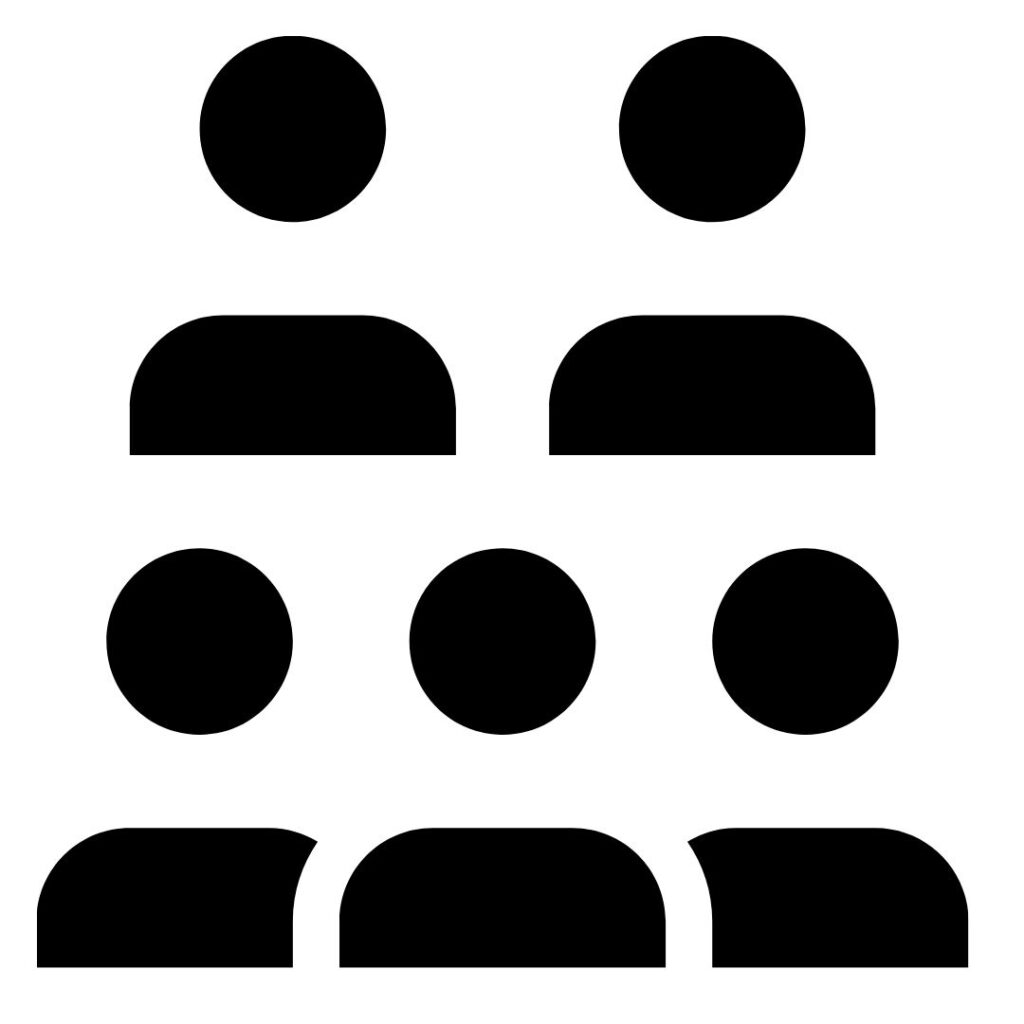
Google ads in combination with Google Analytics gives you the option of targeting people according to people who have visited your site or parts of your site before.
With remarketing you can generally target your ads to be people who have been through all your website. Since people will be already familiar with your brand as opposed to seeing it for the first time, they will click your ads thus increasing your CTR.
Analytics also give you a chance to create an audience list that lets you target people who have visited certain pages, certain demographics, and interest categories. This will make your ads more targeted to people who are more likely to buy from you.
For example, you can create an audience list of people who are a certain age and sell to them products that younger people wont want. This could be a certain type of shoe. Many people are looking for shoes but by using an extra layer of targeting then only older people would see your ads.
This helps a lot with selling niche items or services.
Ad Extensions
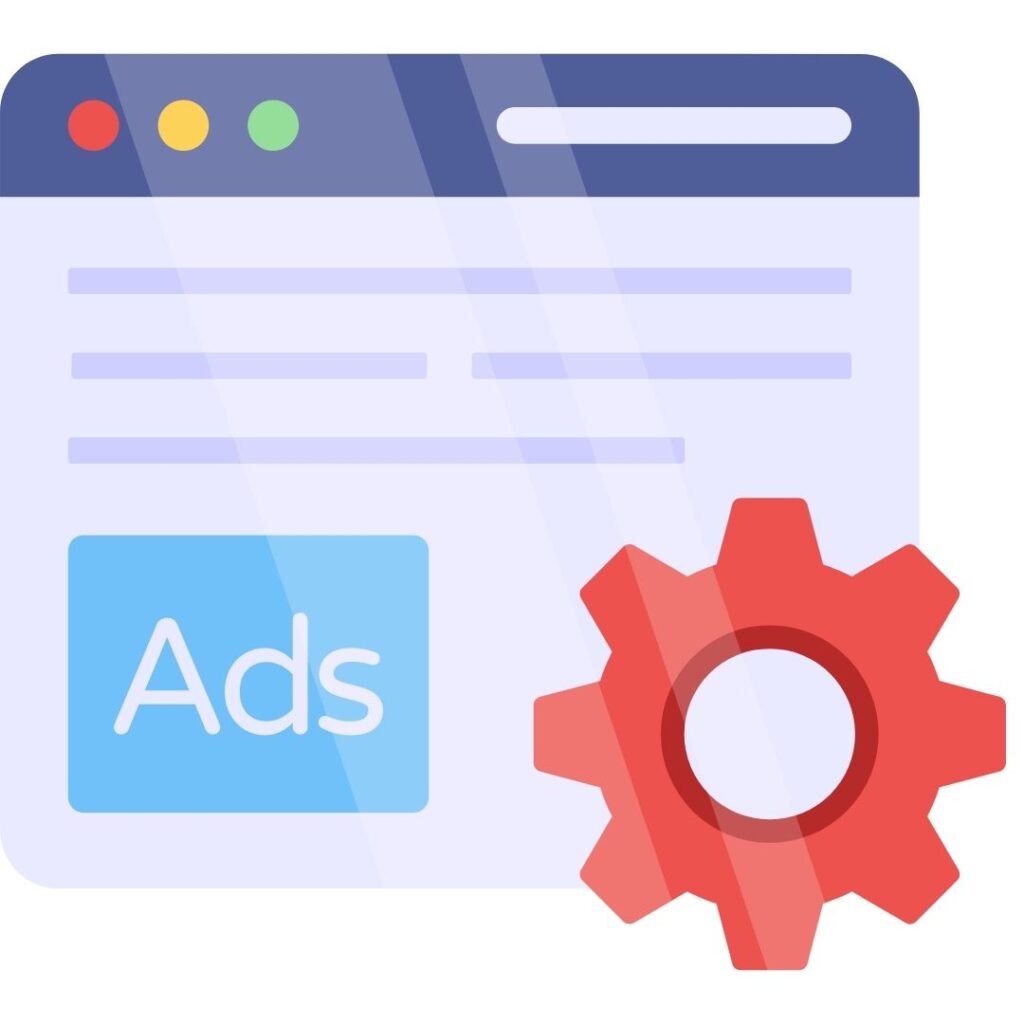
Google ads are tiny, and advertisers don’t have much room to add what they want to say. The headlines and description lines are 30 and 90 characters long. This limits the amount of information that can be provided.
Google realized this problem and decided to give select ads an opportunity to present more. This comes in the form of ad extensions. The ad extensions mostly apply to ads that are on the top positions. The extensions are:
Location Extension:

This extension lets you provide your business location on Google maps. This works well for people who are looking for local businesses.
Call extensions

With this type of extension digital marketers can add phone numbers to the ads. When a user clicks on the phone numbers a call is made to the business directly. Naturally, this works best on mobile and tablet devices.
This significantly increases your CTR as they do not have to waste time to go to the website to look for your contact information. This extension is better suited for businesses in the service industry e.g. florists, restaurants, taxis, and home services.
Sitelink Extensions:
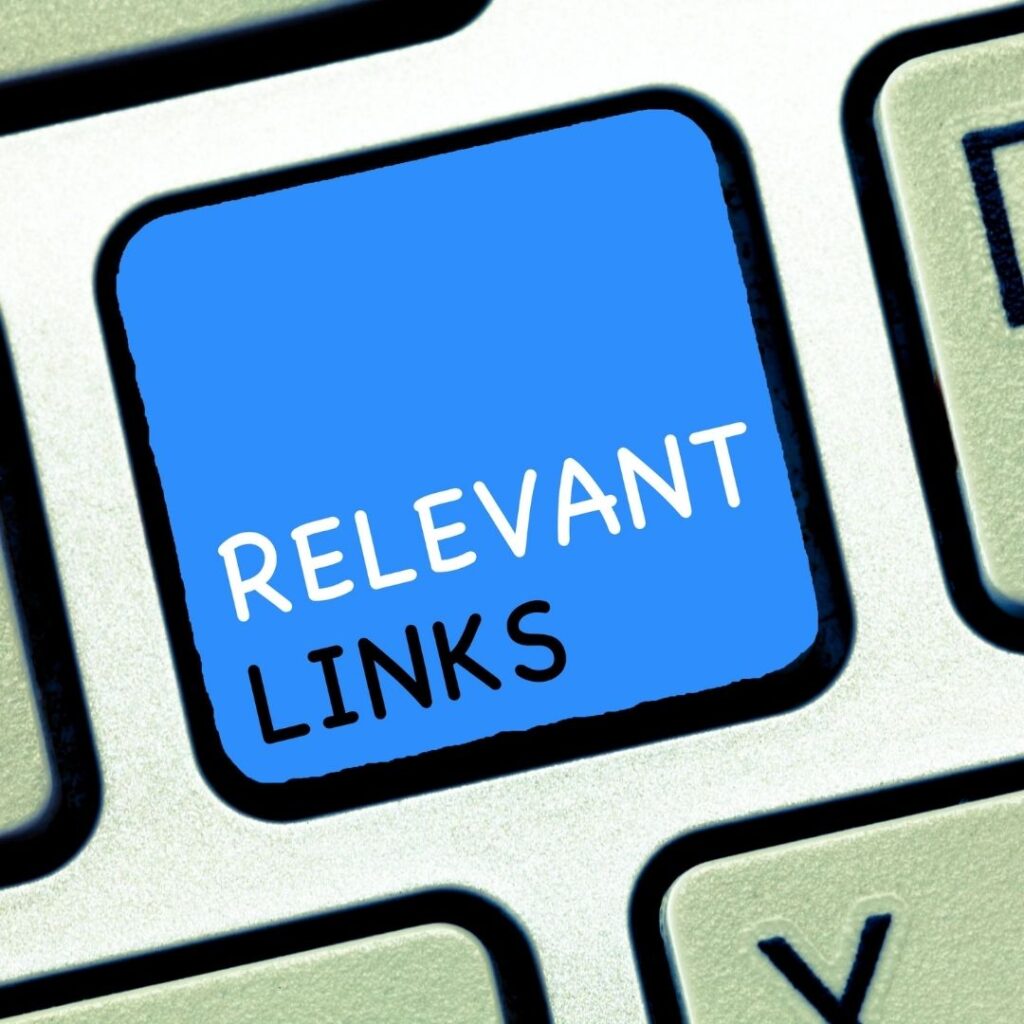
Sitelinks are the more popular ad extensions. They let you link to other web pages on your website. This gives the user an opportunity to go to other pages other than the landing page. While providing extra useful information on what you are offering. For example, if you are selling shoes, you can have site links to the different brands, sizes, or colours.
The Google algorithm lets you show four site links at a time.
Promotion extensions

These include monetary discount, percentage discount, up to monetary discount, and up to percentage discount. They highlight special offers, deals and discounts that you would like to show on your ads.
Price extensions
These extensions are used to show different pricing tiers or different service level offerings that you could be having on your websites. The presence of numbers on the ads would make them standout thus increasing the CTR.
Structured snippet extensions
Structured snippet extensions show information below the ads. You can choose from a list of pre-defined headers.
Split Testing Ads
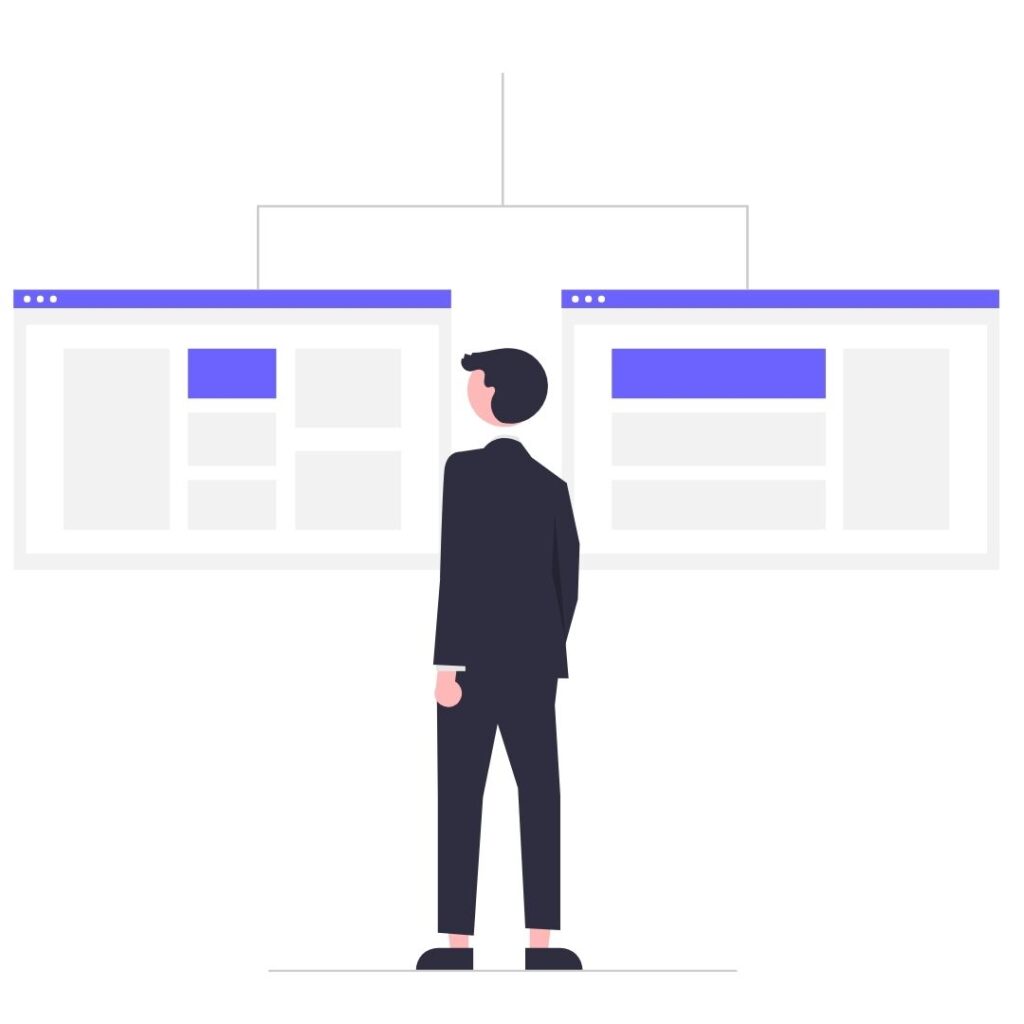
Generally, it is not known how well your ads will do when after you have created them and put them on the live auction. You may find that your ads do well and sometimes worse. Even if they are doing well you might still want to improve their performance.
This is where split testing your ads comes. Split testing involves creating 3 or 4 ads in each ad group to see which ad is performing the best after a certain number of clicks. After discovering the best performer, you pause the rest and find out what to improve on the best one.
You could test the headline to see if it is the one giving you the best results. For example, you can have one ad for selling phones:
Ad 1 Buy The latest phones
Ad 2 Buy Samsung Phones
Ad 3 Best Phone deals
All the while the descriptions and headlines are the same.
After a good number of clicks you may find that Ad 3 performs better than the other two. You can then Pause them and see how to improve ad 3 by changing another element in the ad copy. Maybe the 2nd headline or the description.
This can be done until you get the best CTR for your campaigns.
Different Ad Types

Originally digital marketers could only use text ads but over time Google has introduce new ad formats. Currently there are two type of search ads available. We have the extended ads and Responsive text ads.
Both types of ads display 3 headlines and 2 description fields. Where they differ is in Responsive text ads the headline rotates around 5 different headlines. The extended ads are static.
Responsive text ads are a new format being introduced by Google and naturally when there is a choice between the two, the search engine will push the former.
If you find yourself with a lower CTR with expanded text ads then switching to responsive text ads will increase the CTR.
Although the headlines rotate in responsive text ads, you have the option of pinning a headline on either position 1, 2, and 3. This way you can still control which headline always appears.
Tightly themed Keywords or SKAGs

Having tightly themed keywords for each ad group has always been preached from the on set of using Google Ads. This way you can properly structure your ad accounts and find out what people are looking to buy from you.
The benefit of having keywords that are similar in an ad group is that they properly match the ad copy. For example, having keywords related to price like cheap, inexpensive, discount or offer relate well with an ad copy that talks about saving money. This way price conscious shoppers who see your ads that match their keywords would click on them to raise your CTR.
There are many times when Google insists that certain keywords are added to ad groups, but they do not match the underlying themes. In our previous examples of keywords adding different keywords would lower the CTR. In that if the people are looking for deals but you have keywords that talk about different things. Then naturally the CTR will be lower as they will not be clicked on.
HTML5 Display Ads
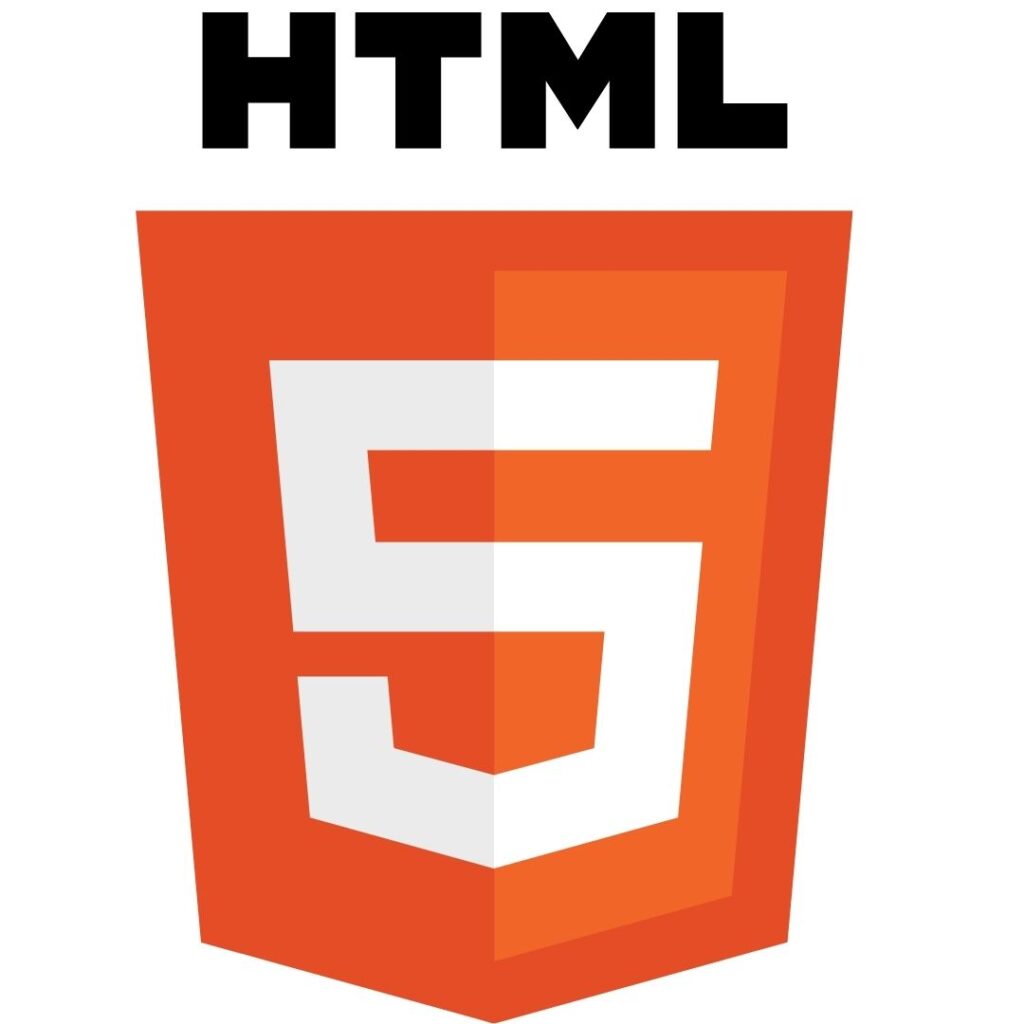
Display Ads and YouTube ads are notorious for having exceptionally low CTRs. They go around 0.3 to 0.1%. there are many reasons to why this is the case from the websites the ads are displayed to the industry.
Although, there are ways of generally improving the CTR of display ads. There are web designers who can use webdesign.google.com to come up with very interactive html5 based designs. These ads can run on any device and capture the attention of many eyes.
This will eventually increase the CTR as more people will be interested to click on these images.
Keyword Match Types
Different keyword match types have various click-through rates. Exact match keywords have the highest CTR while broad match have the lowest. The reason for this is because exact match keywords match closely what the user is looking for.
On the other hand, broad match keywords let ads appear on word that are not related to them, but Google thinks they match your ads. This results in people seeing your ads on items that they are not looking for and ignore them. Naturally, this will lead to a lower CTR.
To increase your CTR, you can move from broad match to modified broad match, to phrase match and lastly exact match for the highest CTR.
Look at your competition

If you want to know if you are will be successful or why they are not performing as well then you need to look at what your competition is writing. You can easily tell why an ad is doing better than the other by looking at what is being presented.
There are things you can copy or improve upon by looking at your competitors’ ads. For example, if you are seeing ads that offer free consultation services you will know to beat that ad you will need to better. This can be done by offering a discount in addition to the free consultations.
Other than copying you can see where they are making mistakes and improving upon them. You might find that the competition is reluctant to put their prices or use ad extensions. For you to get a better performance then you will have to include the things they are not.
Negative Keywords
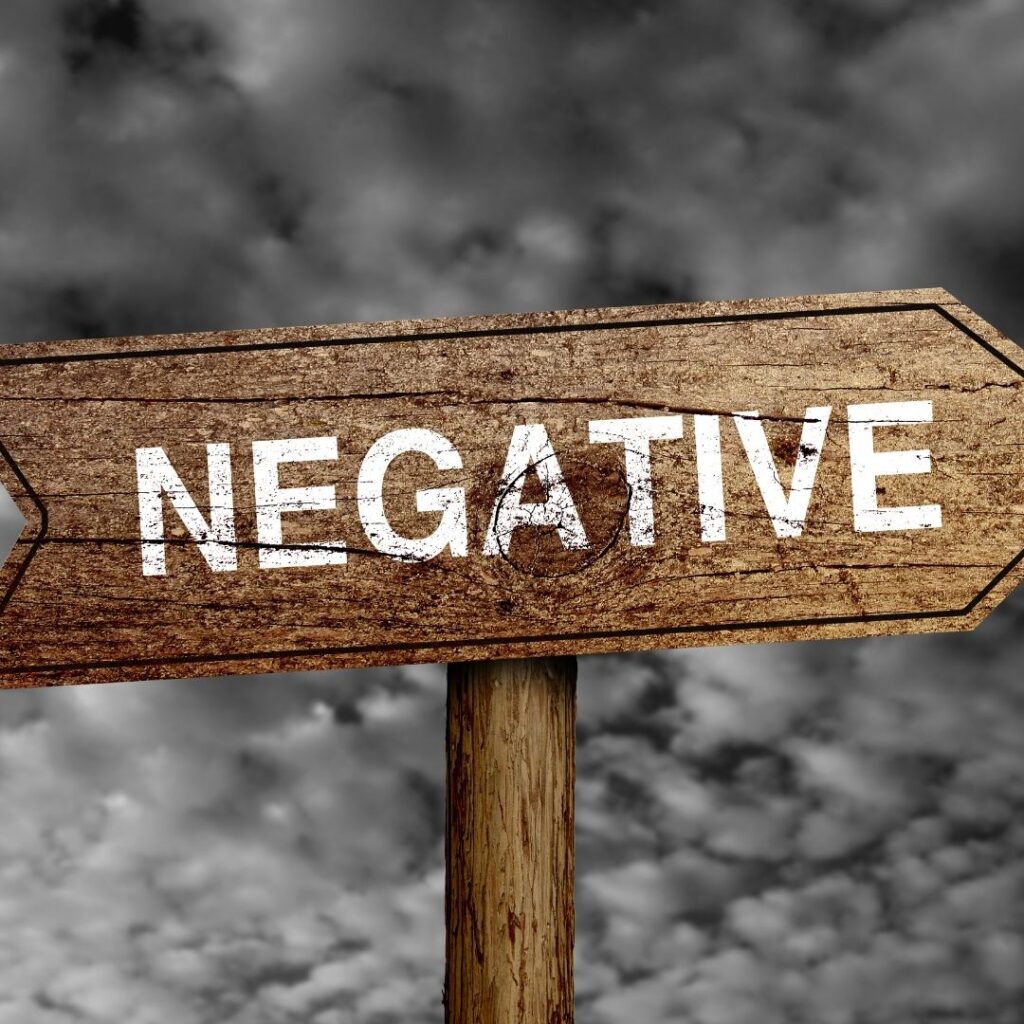
Your CTR is based on which keywords and ads you choose. It is equally as important to do negative keyword research as you do keyword research. Negative keywords function opposite to what keywords do.
Instead of ads showing up when people do searches, they ensure ads do not show up when certain keywords are used.
This has the benefit of not showing your ads when irrelevant searches are made tightening the net to ensure you are getting the right kind of searches. With fewer options available to choose from the CTR will go up.
Another added benefit for negative keywords is that they reduce the amount of money that will be spent. This in turn will lower your Cost Per Acquisition.
Device

Different devices normally give different CTRs. Desktops and Tablets normally end up having a higher CTR because they have less competition, more real estate, and more options in terms of site links like mentioned above.
Mobile devices have the added advantage of having more traffic but sadly there is not any uniformity. There are different users who have different kinds of phones, sizes, and operating systems.
With this information you can see where the CTR is lagging and see where to improve. As mobile is the one which will give a lower CTR then it would mean to bid higher on these devices to ensure your ads are seen more often. Leading to a higher CTR.
Removing Search Partners Option

When you crate a new campaign on the Google Ads console the search partners option is already checked. Google assumes that you want your ads to run on their search partners. This could be a good idea if you are running a branding campaign but if you are running a sale or leads campaign it is wiser to avoid this.
There are many marketers who forget to uncheck this option and their CTR scores are much lower. As a solution to improve the CTR is by opting out of the search partners. Naturally, the CTR will increase.
This also depends on the industry your business is in.
Use Dynamic Keyword Insertion

This is one of the quickest and surest way to increase the CTR. Through this function, you can match the user’s query to your keywords and present them on the headlines and ads. When a user see’s that the ads are matching with the keywords, they subconsciously click on the them.
Dynamic Keyword insertion (DKI) works by using the open brackets {} on the headlines or the ad copy and choosing ‘keyword insertion’.
DKIs increases ads’ relevance and Google encourages them by putting them ahead of other kinds of ads. If you have DKI and your competitors do not have, Google will pick your ads over the others.
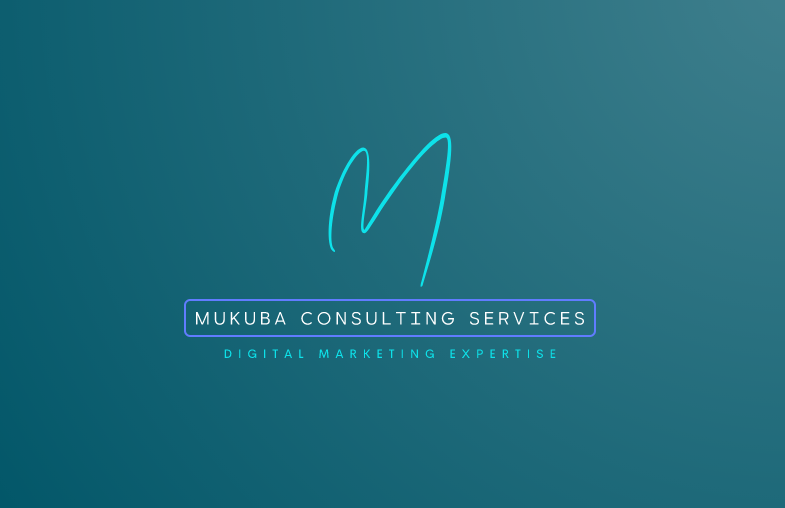



[…] ad placements are important in that they influence the click-through rate (CTR) of the ads, cost per click (CPC) and the conversion rate. In that the higher the CTR the […]
[…] click-through rate is like to decrease as there will be times when google doesn’t properly match the right keyword […]